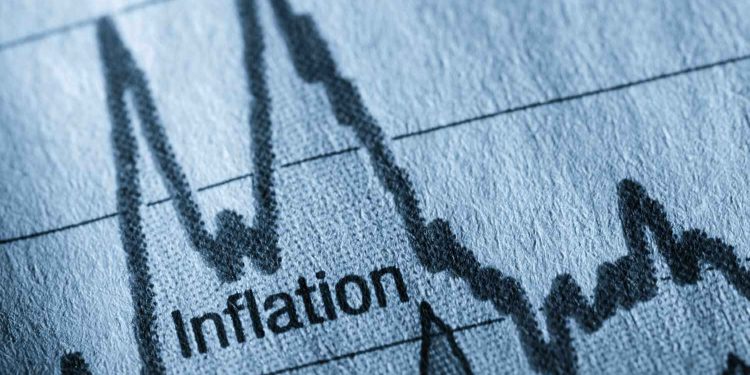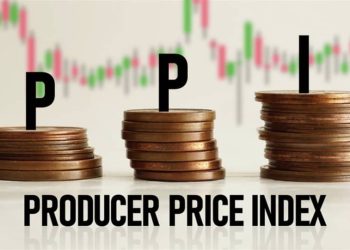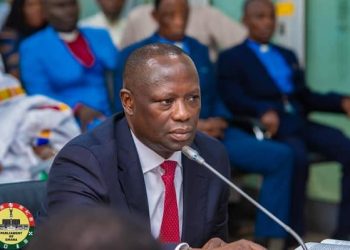Ghana’s annual inflation rate fell for the seventh consecutive month to 12.1% in July, down from 13.7% in June, marking the lowest level since October 2021, the Ghana Statistical Service has reported.
Government Statistician Dr Alhassan Iddrisu told reporters in Accra that the sustained decline signalled easing price pressures and offered “consistency and assurance of a real sustained shift in prices”, though he warned that short-term volatility remains a concern.
Food inflation eased to 15.1% from 16.3% in June, but some staples such as ginger (128.4%), yam (33.3%) and vegetable oil (52.3%) saw sharp increases. Non-food inflation fell to 9.5%, with housing and utilities recording the steepest decline, from 24.9% in June to 19.0% in July.
The Upper West Region posted the highest inflation at 24.8%, fuelled by high food and utility prices, while the Central Region had the lowest at 7.7%. Dr Iddrisu said the 17.1-percentage-point gap between the highest and lowest regions showed that national averages could be misleading and that policy measures should be localised.
Month-on-month inflation rose by 0.7%, with healthcare and education costs up 1.3%, while imported goods inflation fell to 10.0% on the back of currency stability.
The Statistical Service has advised households to adopt energy-saving measures and bulk-buy staples and urged businesses to prioritise local sourcing, alongside tailored social protection for high-inflation regions.
July’s figure is 11.7 percentage points lower than the peak of 23.8% recorded in December 2024, offering what officials describe as cautious optimism for Ghana’s economic recovery.
















